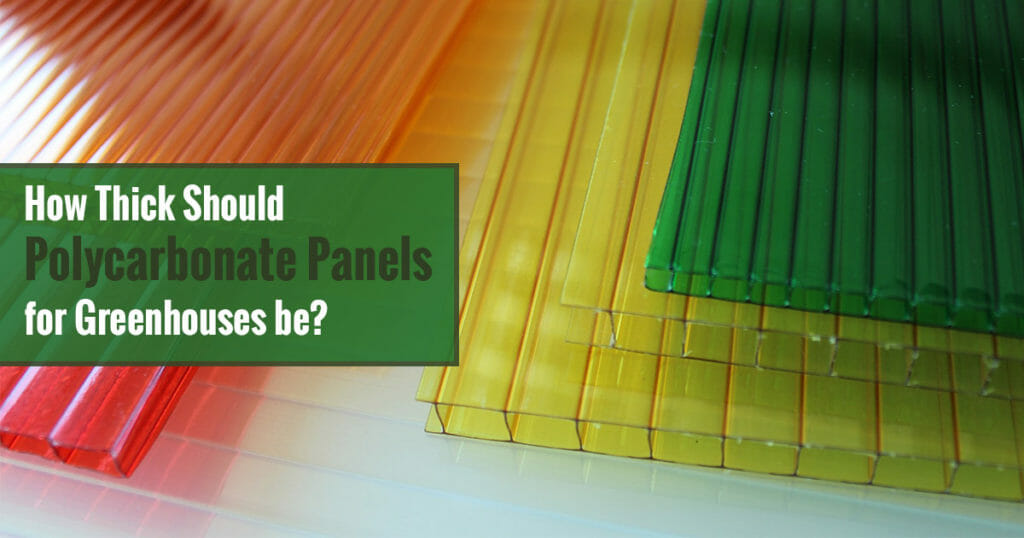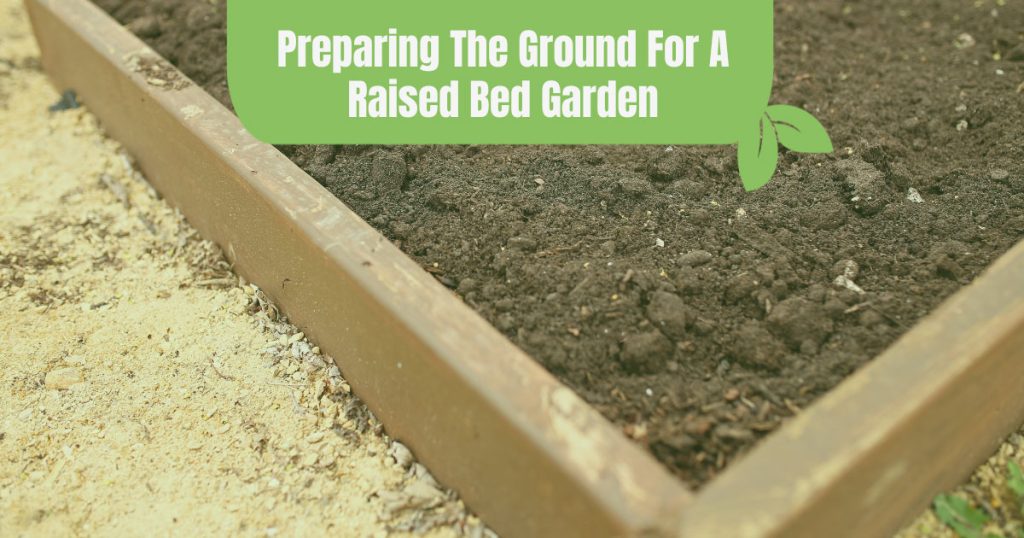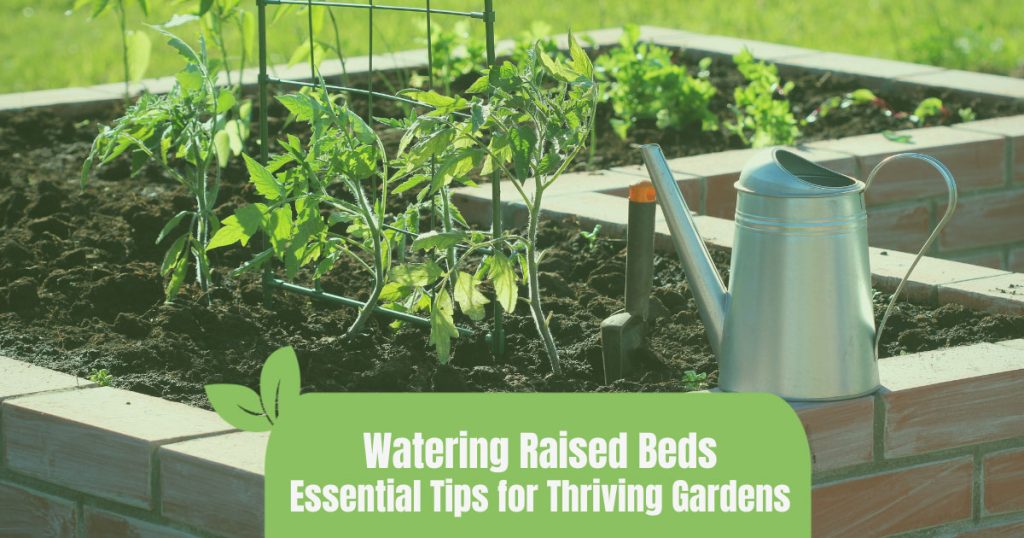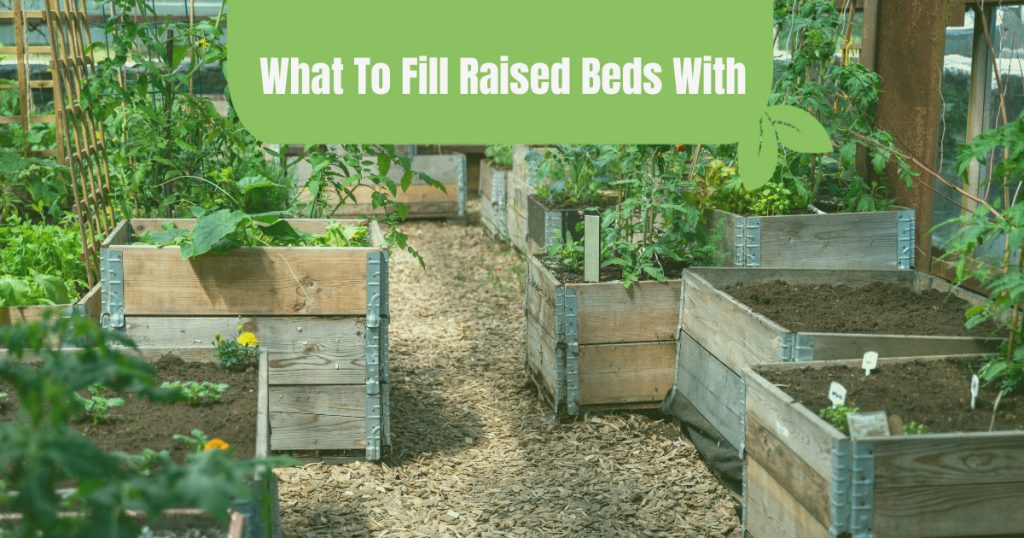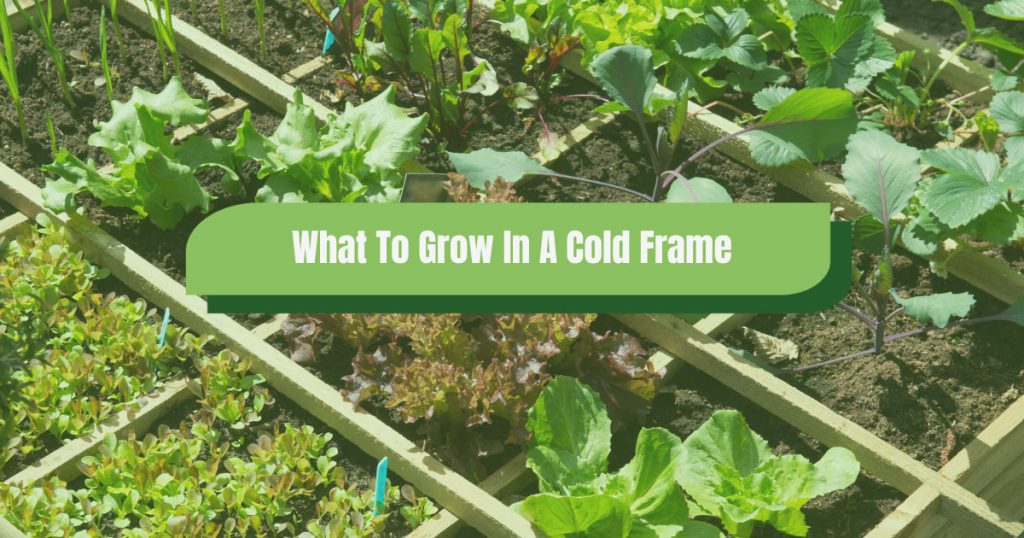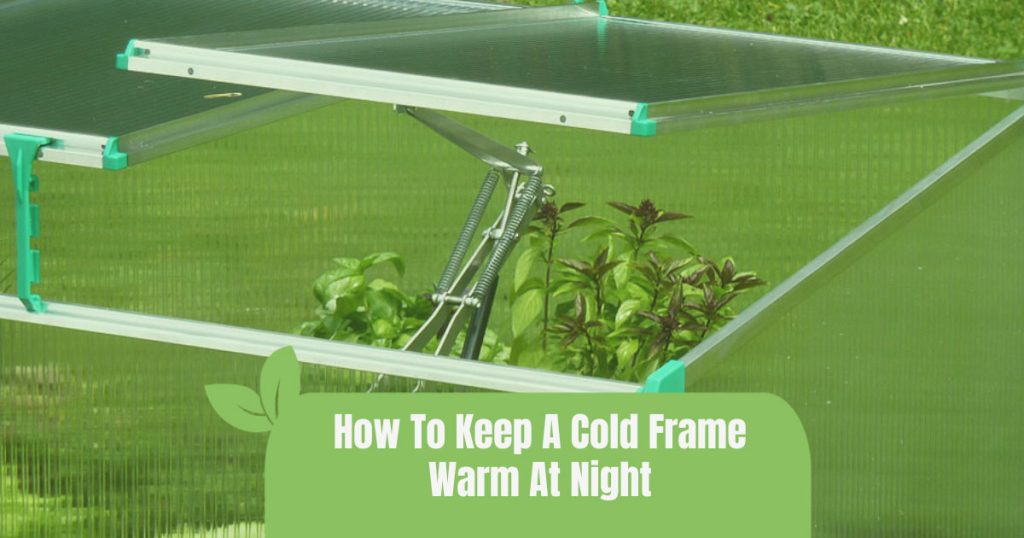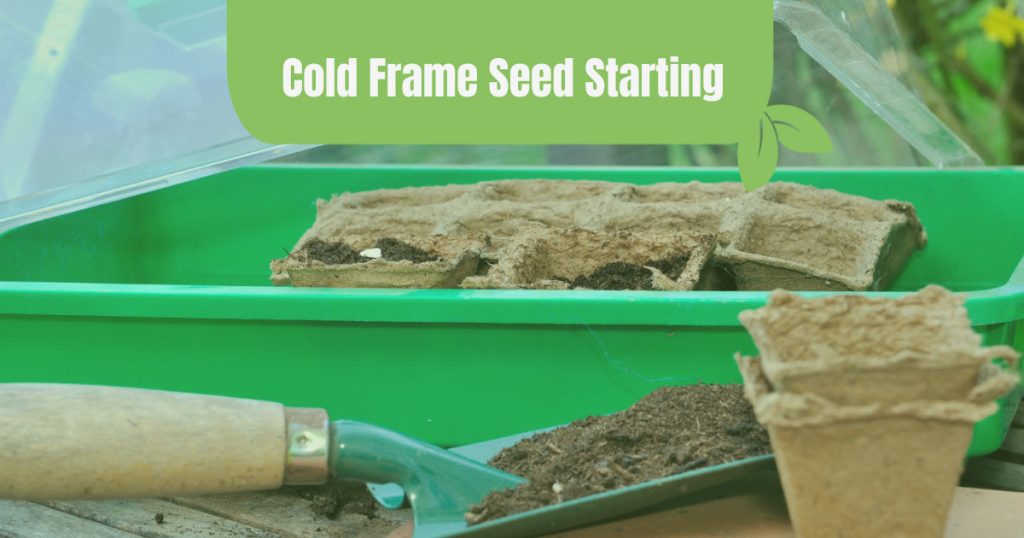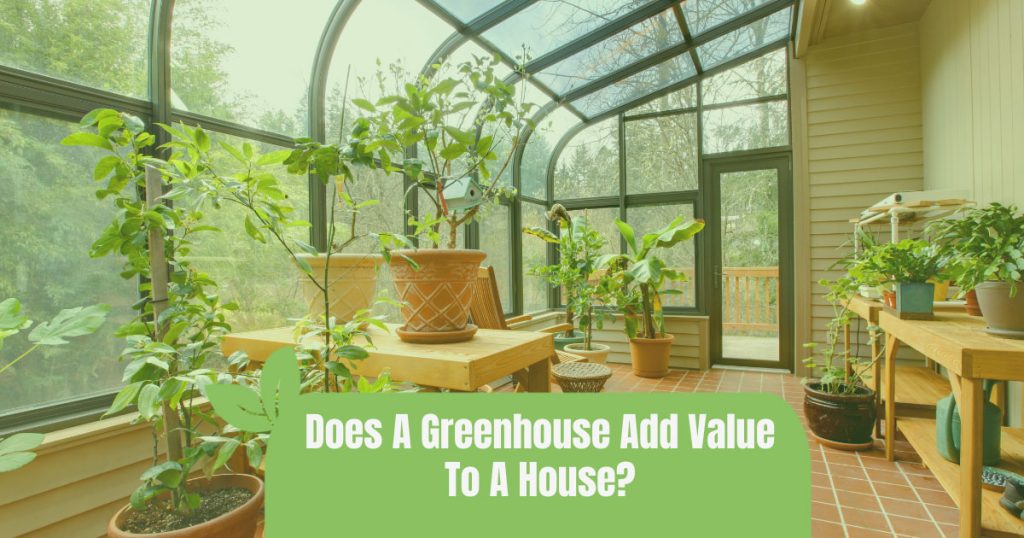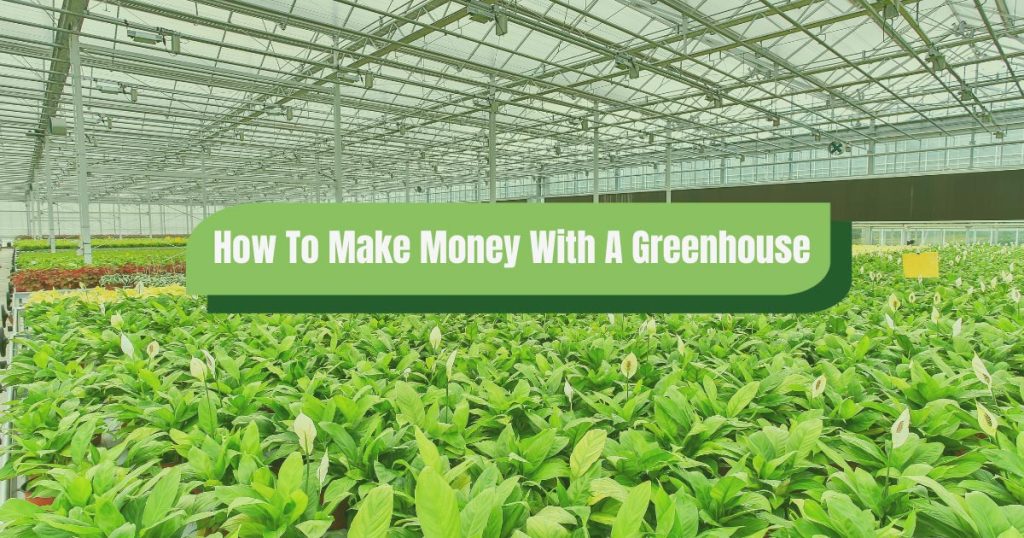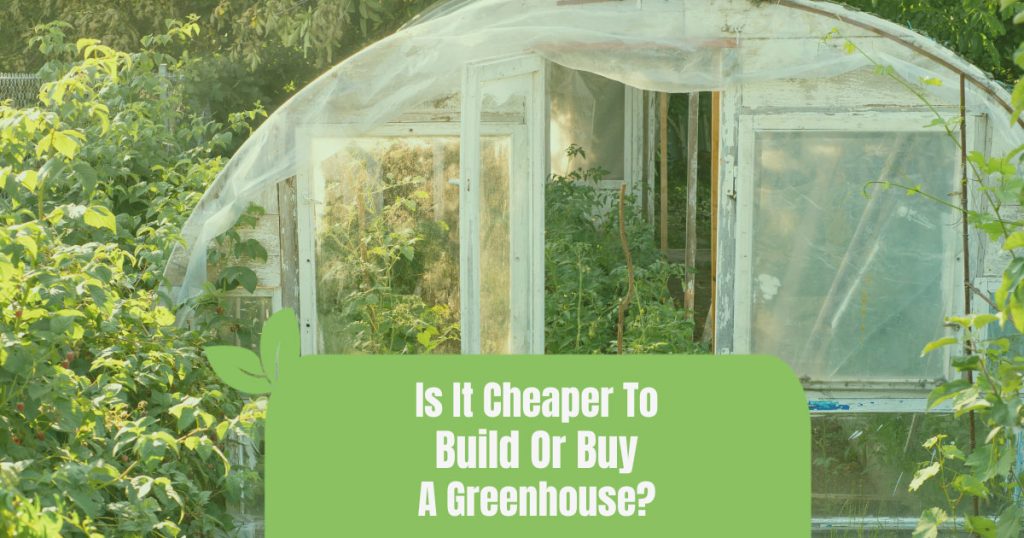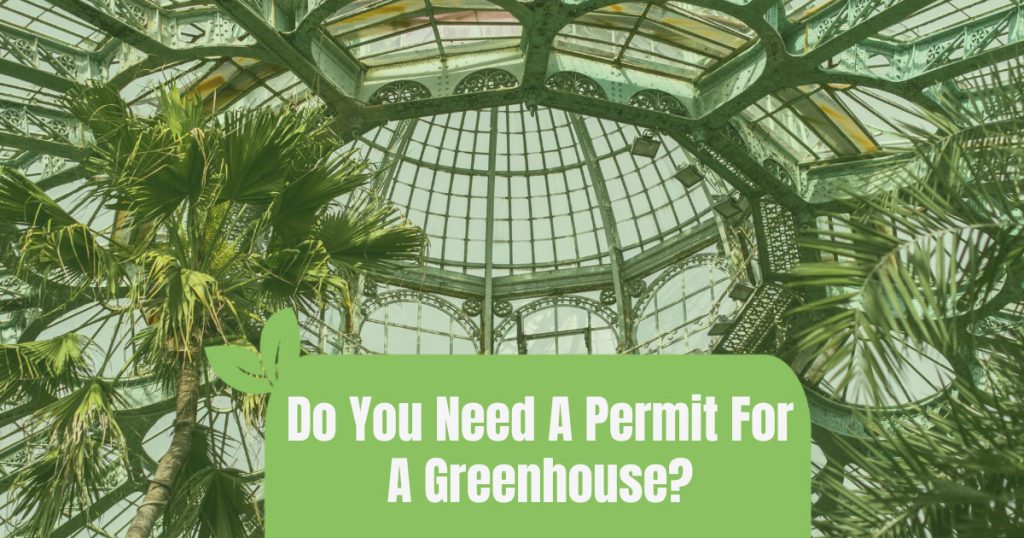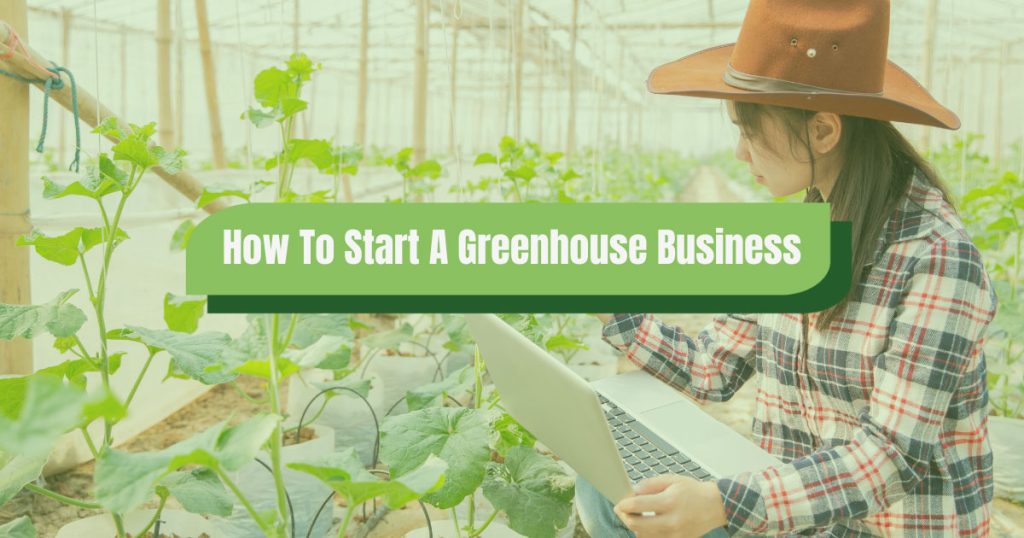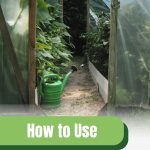
Diving into the world of extended gardening seasons, we’re here to shed light on how to use a cold frame effectively, transforming a simple garden into a year-round haven of growth and greenery.
Cold frames offer a sanctuary for seedlings against the nip of frost, extend the life of autumn harvests, and provide a warm nook for perennials braving the winter. This article unfolds the myriad ways they can be utilized, from jump-starting spring planting to overwintering delicate plants.
Alongside, we’ll sprinkle in some seasoned tips to maximize their potential and highlight top picks from our cold frame greenhouse collection, ensuring your garden thrives through seasons with ease and efficiency.
What is a cold frame?
A cold frame, dear gardeners, is essentially a mini-greenhouse. Imagine a sturdy box with a transparent lid that sits snugly over your plants, basking in the sunlight.
This simple setup is a game-changer for extending the growing season, protecting delicate seedlings from frost, and even giving some of your veggies a winter haven.
How do cold frames work?
The magic of a cold frame lies in its ability to trap sunlight and warmth, creating a microclimate that’s a few degrees toastier than the outside world. It’s like a cozy blanket for your plants, shielding them from the harsh elements while letting in all that glorious sunlight.
Ways to use a cold frame
Jump-start your spring
Waiting for the last frost to pass can often feel like a missed opportunity for gardeners eager to start their season. A cold frame offers a practical solution, allowing for the early sowing of seeds.
By creating a controlled environment that captures warmth and sunlight, cold frames enable seedlings to develop in conditions that would otherwise be too harsh outdoors.
This approach not only gives plants a healthy start but also ensures they are robust and ready for transplanting as soon as the weather permits, effectively extending the growing season.
Extend the autumn bounty
As autumn progresses, the first frosts can threaten the productivity of your garden. Utilizing a cold frame can provide a protective barrier against these cold temperatures, keeping the soil and air around your plants warmer.
This added layer of insulation can prolong the life of your vegetables and herbs, allowing you to enjoy fresh produce well into the colder months. It’s a straightforward yet effective way to maximize the yield from your garden and delay the end of the growing season.
Overwinter perennials
Winter presents a challenge for less hardy perennials that struggle in freezing temperatures. Placing these plants in a cold frame can offer them the extra protection they need during the coldest months.
The cold frame acts as a shield from frost, snow, and severe weather, creating a more stable and warmer environment for the plants. As a result, perennials that might not otherwise survive the winter can thrive and return with vigor in the spring, contributing to the diversity and beauty of your garden.
Tips for using a cold frame
Ventilate
Remember, folks, too much of a good thing can be bad. On sunny days, crack open that cold frame to prevent your plants from overheating. It’s all about finding that sweet spot.

Choose the right location
Place your cold frame facing south to catch those rays, and make sure it’s shielded from harsh winds. A little planning goes a long way in maximizing its benefits.
Keep it clean
A clear lid means more sunlight, so give that top a good wipe now and then. After all, your plants deserve the best view!
How to add a hot bed to your cold frame
- Choose The Right Location: Start by positioning your cold frame in a spot that receives ample sunlight throughout the day. This will maximize the natural warmth and light available to your plants.
- Prepare The Base: Clear the area inside the cold frame of any weeds or debris. If your cold frame is placed directly on the ground, loosen the soil to improve drainage and aeration.
- Select Organic Matter: Gather a substantial amount of organic matter for your hot bed. Well-rotted manure works best due to its high nitrogen content, which aids in the decomposition process. Alternatively, you can use compost, leaf mold, or a mixture of these materials.
- Layer The Organic Matter: Spread a layer of organic matter about 6-12 inches deep at the bottom of the cold frame. This layer will be the source of heat as it decomposes over time.
- Add A Layer Of Soil: On top of the organic matter, add a layer of garden soil or potting mix about 6-8 inches deep. This is where you will plant your seeds or seedlings. The soil layer acts as a buffer, preventing direct contact between the plants’ roots and the hot decomposing material below.

- Moisten The Layers: Lightly water the layers to kickstart the decomposition process and ensure the soil is moist, providing an ideal environment for plant growth.
- Plant Your Seeds Or Seedlings: Now it’s time to plant. Sow your seeds or transplant your seedlings into the prepared soil layer. Choose plants that will benefit from the warmer soil temperatures, such as early spring vegetables or heat-loving crops.
- Monitor Temperature And Moisture: Keep an eye on the temperature inside the cold frame, especially on sunny days, as it can quickly rise. Ventilate the cold frame as needed to prevent overheating. Also, check the moisture level of the soil, ensuring it remains consistently moist but not waterlogged.
- Adjust Ventilation: As the season progresses and outside temperatures rise, adjust the ventilation of your cold frame to accommodate the changing needs of your plants and manage the internal temperature effectively.
What to grow in a cold frame
Using a cold frame in spring
Spring is all about fresh starts and tender greens. Here’s what to grow in a cold frame in spring:
- Lettuce: A variety of lettuces can be sown directly into the cold frame, ready to add crunch to your spring salads.
- Spinach: This nutrient-packed green loves the cool, sheltered environment of a cold frame, sprouting quickly for early harvests.

- Radishes: Fast-growing and fuss-free, radishes are perfect for the impatient gardener, ready to spice up dishes in just a few weeks.
- Kale: Start kale in your cold frame for an early supply of this superfood, perfect for smoothies and salads.
- Swiss Chard: With its vibrant colors and versatile use, Swiss chard planted in early spring can provide harvests well into the summer.
Using a cold frame in summer
As the heat ramps up, use your cold frame to acclimate and boost these summer favorites:
- Tomatoes: Get a jump on your tomato season by starting seedlings in the cold frame, then transplanting them once the risk of frost has passed.
- Peppers: Both sweet and hot varieties benefit from the warm, protected start in a cold frame, leading to an abundance of peppers for your summer dishes.
- Eggplants: These heat-loving plants will appreciate the early start in a cold frame, ensuring a bountiful harvest.
- Cucumbers: Start cucumber seeds in your cold frame to enjoy an early crop of crisp, refreshing cucumbers.
- Melons: Give melons a head start in the cold frame for a sweet, juicy reward later in the summer.
Using a cold frame in the cold months
Don’t let the cold stop you; these resilient plants will keep your garden productive:
- Carrots: Sow carrots in late summer for a sweet, crisp winter harvest, right from the cold frame.
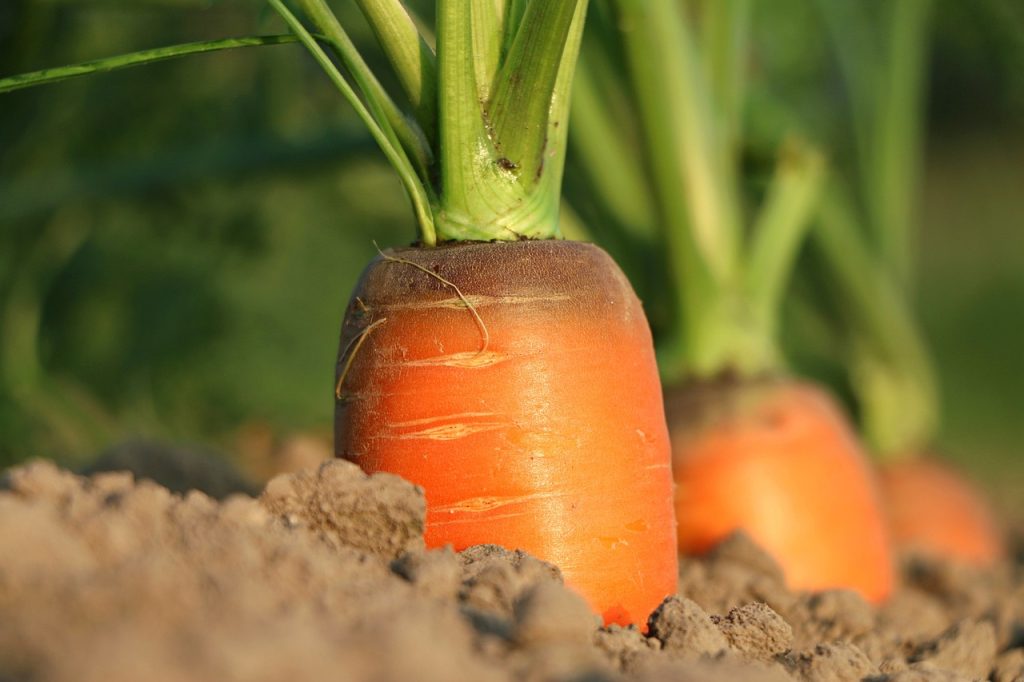
- Beets: Hardy and versatile, beets can be grown in the cold frame for fresh roots and greens throughout the colder months.
- Leeks: With their robust nature, leeks planted in a cold frame can be harvested well into winter, adding depth to soups and stews.
- Parsnips: These sweet, starchy root vegetables become even tastier after a frost and can be left in the cold frame to harvest as needed.
- Winter Lettuce: Certain lettuce varieties are cold-hardy and can provide fresh greens even in the heart of winter when grown in a cold frame.
For effective growing in the colder months, be sure to read our guide on heating cold frames.
Best cold frames
Juwel BioStar 1500 Premium Cold Frame
For those who take their gardening seriously, the Juwel BioStar 1500 stands out as a top-tier choice. Its robust polycarbonate panels are built to withstand the elements, ensuring your plants stay snug and secure.
With plenty of room for a variety of plants, this cold frame makes it easy to kickstart your gardening season with style and efficiency. It’s the kind of investment that pays off in heaps of healthy, homegrown produce.
Riverstone Eden Mini Greenhouse
Not everyone has the luxury of sprawling garden space, but that doesn’t mean you can’t have a thriving green oasis. The Riverstone Eden Mini Greenhouse is the perfect fit for tighter spots, balconies, or even patios.

Its compact design doesn’t skimp on the essentials, providing a warm and protected environment for your plants. Whether you’re nurturing seedlings or protecting delicate herbs, this mini greenhouse brings a touch of greenery to even the smallest of spaces.
Juwel Easy-Fix Double Cold Frame
When one layer of gardening space just isn’t enough, the Juwel Easy-Fix Double Cold Frame steps in to double your pleasure and double your fun. Ideal for gardeners eager to expand their plant repertoire, this cold frame offers an abundance of room across two levels.
Assembly is a breeze, meaning you’ll spend less time setting up and more time sowing, growing, and enjoying the fruits (and vegetables) of your labor. Sturdy and reliable, it’s a fantastic addition to any garden, big or small.
Benefits of using a cold frame
Extended growing season
The most celebrated advantage of a cold frame is its ability to stretch the boundaries of the traditional growing season.
By harnessing the sun’s warmth even during cooler months, they create a cozy microclimate that allows for starting seeds in a cold frame earlier in spring and harvesting well into the colder months.
Protection from the elements
Cold frames act as a shield against the whims of nature, from unexpected frosts to chilling winds. This layer of protection is crucial for tender seedlings that might not withstand harsh conditions otherwise.
Eco-friendly gardening
Using a cold frame is a step towards sustainable gardening practices. By relying on the natural warmth of the sun, cold frames reduce the need for artificial heating sources, lowering energy consumption.
This method not only benefits the environment but also encourages gardeners to work in harmony with natural cycles.




